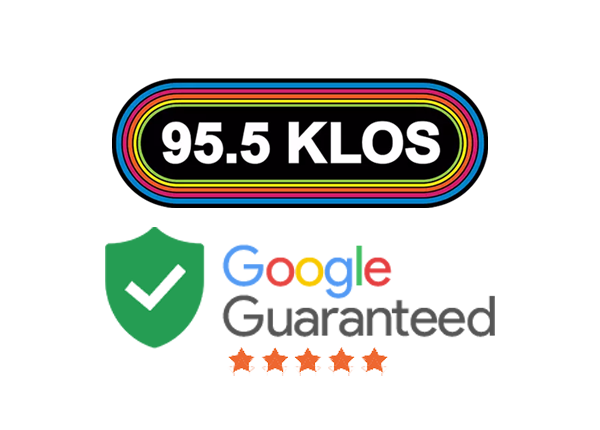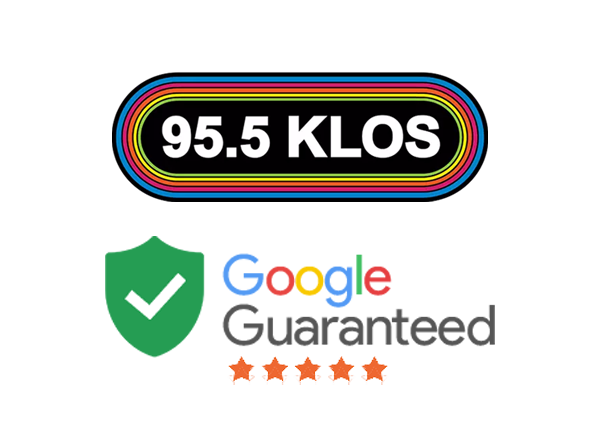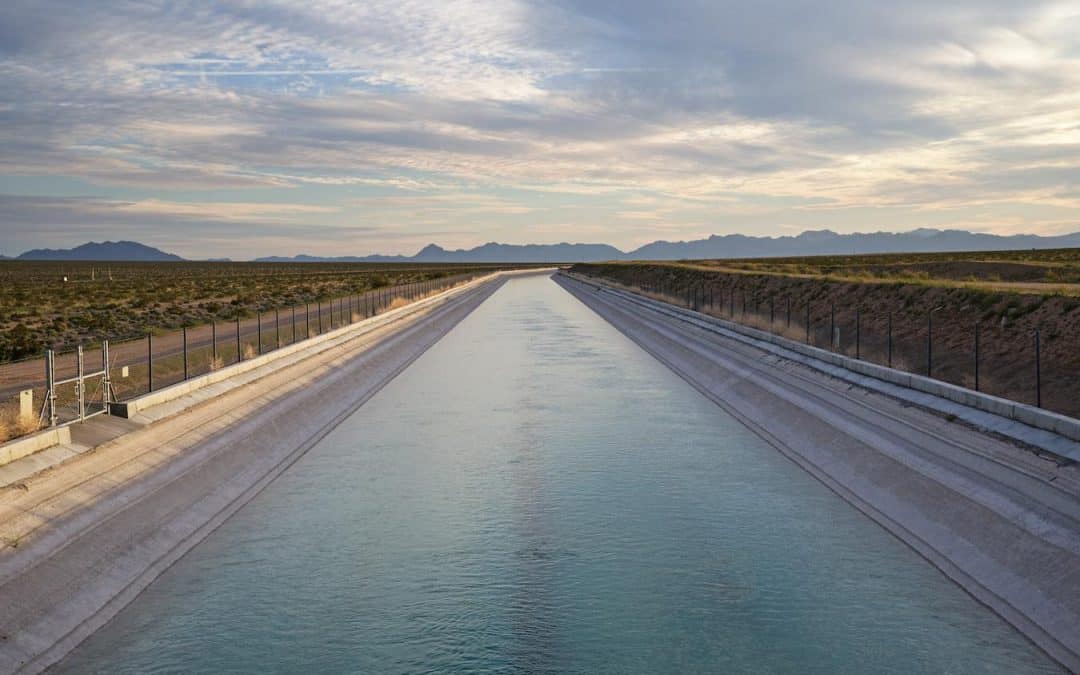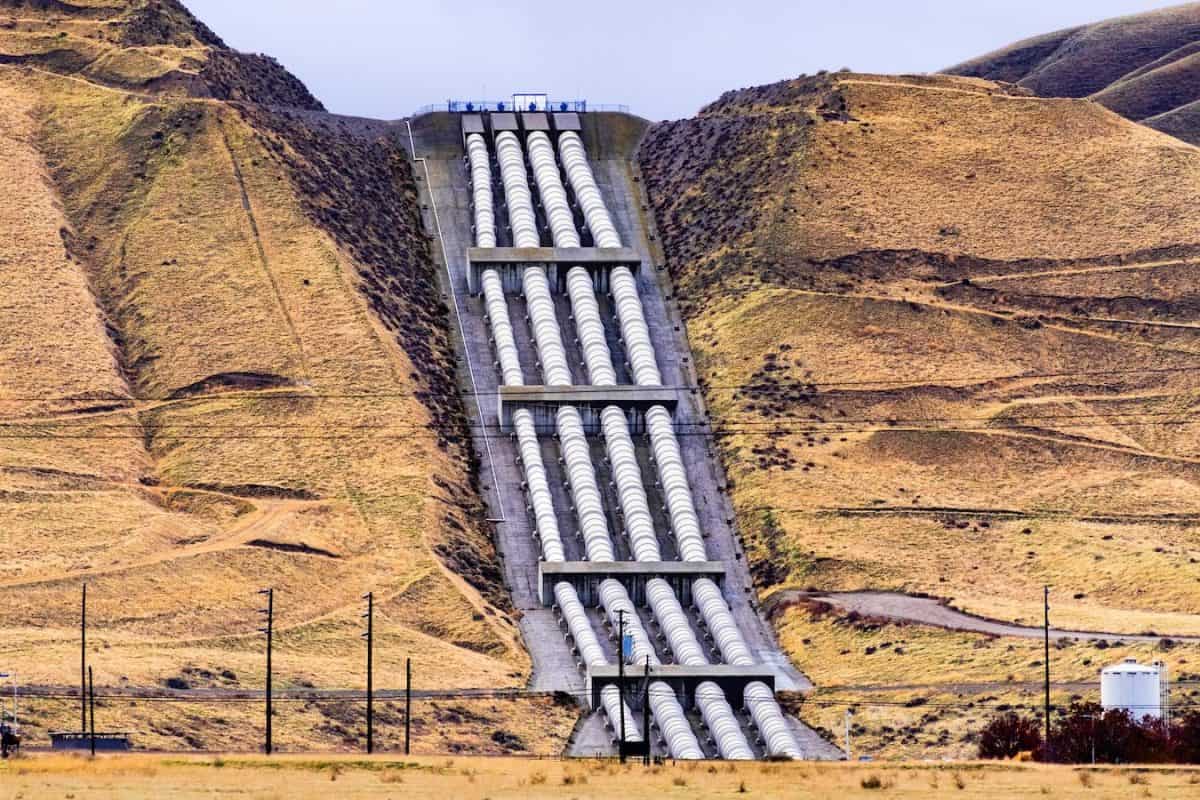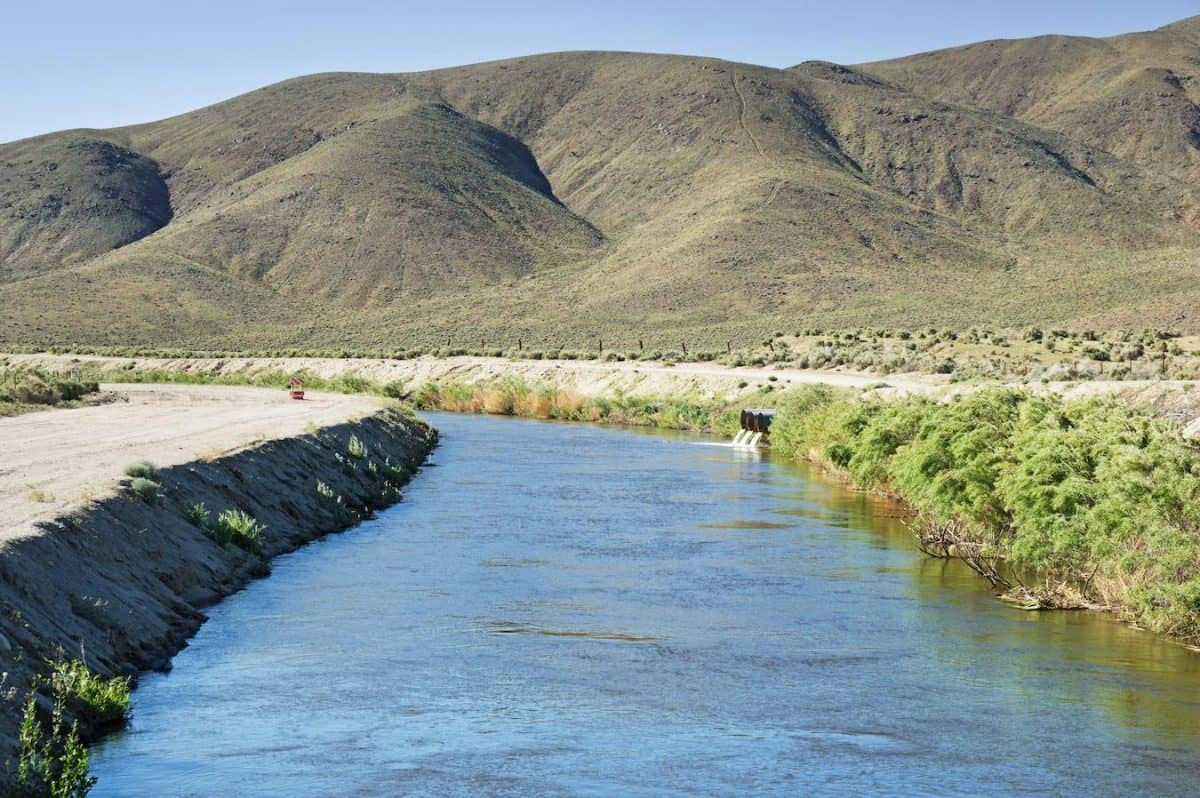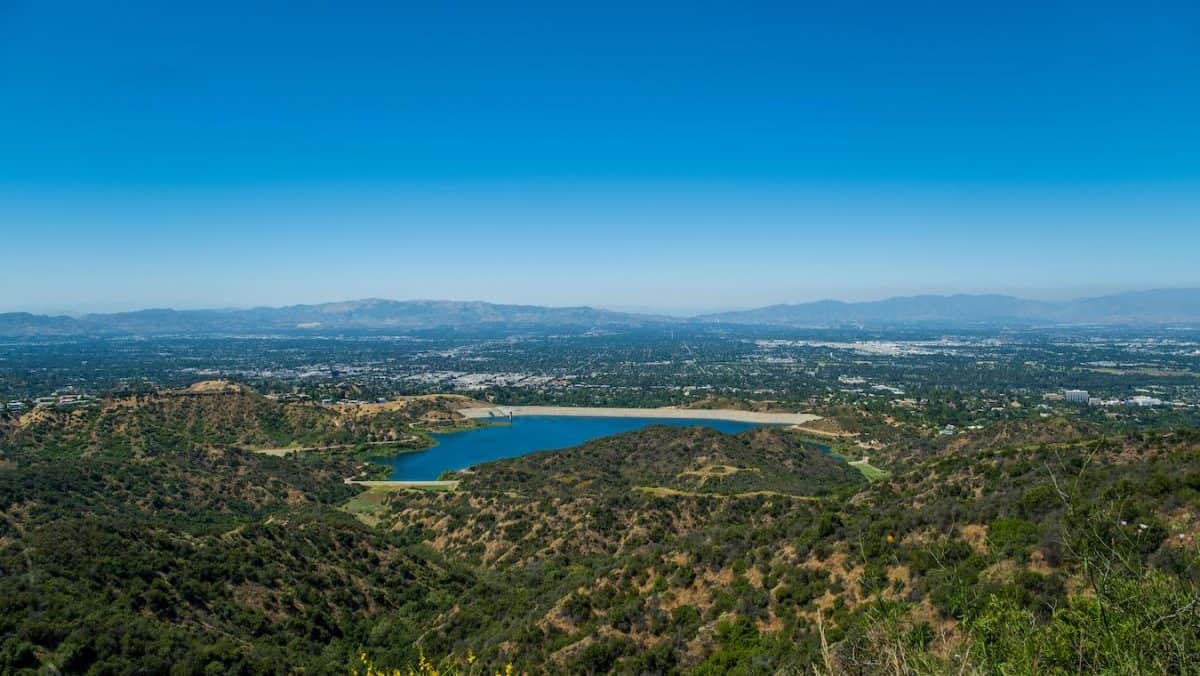Water is a highly discussed subject in Los Angeles due to the city’s placement in California. This makes acquiring and/or funneling water into the city a complex challenge.
The distribution system is unique and doesn’t function in the same manner as other locales. This article will take a deeper look into how water is sourced into the city of Los Angeles every day. This includes the role melted snow plays in California’s water supply.
See Related: How Big Is Los Angeles?
Top Sources of Water in Los Angeles
1. Colorado River Aqueduct (CRA)
The Colorado River Aqueduct is a major aqueduct system set up for Los Angeles to acquire water. The aqueduct has been in use for more than seven decades and continues to be a go-to source for the city. This water goes through different regions of America including Arizona, Utah, New Mexico, and Nevada before being funneled south through the Colorado River and eventually making its way to the Los Angeles aqueduct.
The Colorado River Aqueduct begins at the foot of Lake Havasu in Arizona and then begins its journey through various parts of the country including the Santa Ana mountains. Once it hits Southern California, this is when man-made systems are in place to funnel the water and distribute the water supply.
In its current state, the Colorado River Aqueduct is set up and managed by the Metropolitan Water District of Southern California. It is a project that has been around for a long time and continues to be a successful part of Los Angeles’ water supply system.
Based on recent studies done on the Colorado River Aqueduct, it is capable of providing approximately 1 billion gallons of water each day. This is done with several man-made mechanisms including reservoirs, pumping stations, and the specific use of tunnels.
These are not small systems that are stretched across a few miles. Most of the concrete piping has been laid out and spreads across 50+ miles.
Bonus: How far is San Francisco from Los Angeles?
2. California’s State Water Project
Los Angeles also gets its water from one of the biggest water systems in the country known as the California State Water Project.
This state water project manages a system that is extremely robust and encompasses an impressive 20 pumping plants, 4 pumping-generating plants, reservoirs, water storage facilities, pipelines, and more. Everything is coordinated to make sure fresh water is supplied to more than 25 million locals along with a significant amount of land.
The importance of this state water project cannot be stressed enough for Los Angeles as it has a significant role to play in the local agriculture industry. As of right now, it provides quality surface water for almost half of the agricultural produce in the region. It is also responsible for 30% of the California water supply as a whole.
Imported Water Thanks To Substantial Water Infrastructures
To receive the water resources for the Los Angeles aqueduct, there is a specific aqueduct by the name of “Edmund G. Brown California Aqueduct” that is set up across 400 miles. This helps send the water supply through the Sierra Nevada mountains while working its way to Sacramento before ending in Los Angeles and other areas of Southern California.
There are water reservoirs set up for where the water is drained as soon as it arrives in the area. This is water that is used by almost all of the local water companies before distributing the water supply to the local population.
3. Groundwater
The final source of water for Los Angeles is simple local groundwater. Local groundwater is collected through the Earth’s soil with the help of river runoffs, condensation, and/or any other type of natural water occurrence that takes place. As it goes through, it starts to rise through the presence of water springs in the region.
The government has set up water wells around the area to make sure they can tap into this groundwater and use it for the masses. There are public and private wells that have been installed to make sure all of the groundwater is made available as necessary.
Based on research that has gone into water in ground, there are more than 500 groundwater basins/sub-basins that are set up in this part of California. The idea is to make sure all of the surface water is being collected in one place before it can be pulled.
As of right now, more than 35% of Southern California consumes its drinking water from this particular source. This is what makes groundwater such an integral part of the ecosystem and how Los Angeles continues to function safely as a large city with an extensive population to care for.
A Changing Climate Has Made Our Cities Think Differently About Water
Due to climate change and the growing frequency of water droughts in the region, this is where most of the water tends to come from including additional supplies that are set up by local water companies. The groundwater that is used travels close to where the well is set up and there are specific regulations and water rights in place to monitor this part of water collection and distribution.
It’s important to note that these are just some of the water sources that are available in Los Angeles. There are other systems and resources in place for California’s water that make use of recycled wastewater, along with traded water that comes from other parts of the country.
Keep Reading: How safe is Los Angeles?
—
REAL RocknRoll Movers is the only moving company in Los Angeles that rocks! Follow us on Instagram, Facebook and Twitter, or contact us today for a free moving quote!

